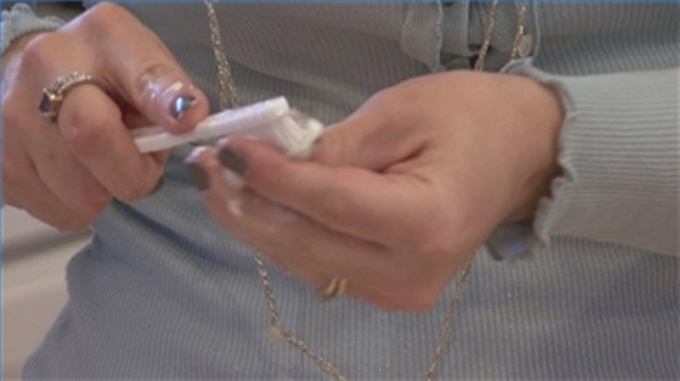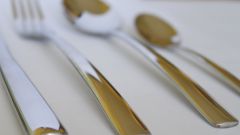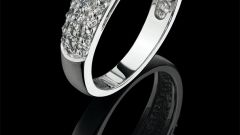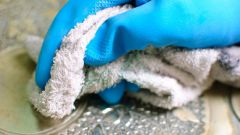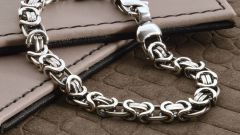You will need
- - the soft brush or the brush;
- - ammonia;
- - baking soda;
- - toothpaste;
- - A 10% solution of Trilon B;
- - Laundry soap;
- - lemon juice;
- - a means of household chemicals with hydrochloric or oxalic acid (for example, and Silit Silit Bang).
Instruction
1
If the silver coin is just contaminated with dust or dirt, it should be cleaned under warm running water using a soft brush or a simple toothbrush.
2
For silver coins, it is desirable to know the fineness of coin silver. Because of the sample will depend on the cleaning method.
3
To clean silver coin high grade can be a slurry of ammonia - it is sold in any pharmacy, baking soda and toothpaste. Such a mixture must be liquid and not contain solid or abrasive particles. Toothpaste is better to use domestic production, because it contains silicon oxide, it leaves no macrocarpon, in contrast to the calcium carbonate contained in the foreign toothpastes.
4
For cleaning silver coins low sample most suited a 10% solution of Trilon B. It must be applied with a brush with soft bristles and a little RUB, then rinse the coin under running water, dry.
5
Another effective way to clean the base silver coins - dip the coins in warm water with dissolved soap or in a solution of lemon juice. In this case, the coins need to be fully immersed in the used solution. They should not be in contact with the air. The coins are periodically required to turn in solution.
6
The easiest way of dealing with oxides is wipe the baking soda. Baking soda is necessary to moisten with water and wipe her a silver coin to remove the oxides.
7
Some numismatists use household chemicals with hydrochloric or oxalic acid. Such remedies dissolve oxides in a couple of minutes, but destroy a dark patina, making the coin shiny.
8
When cleaning silver coins cannot be used:
1. Concentrated solutions of sulfuric, acetic, hydrochloric or nitric acids. They melt the mint on the coin;
2. Building skins. They removed coins "patina" and stamp;
3. The method of temperature difference, when the silver coin is heated on the fire, and then make it sudden cooling in cold water. This leads to loss of the coin "patina";
4. Brushes with metal bristles. They take a picture of the coin and "patina".
1. Concentrated solutions of sulfuric, acetic, hydrochloric or nitric acids. They melt the mint on the coin;
2. Building skins. They removed coins "patina" and stamp;
3. The method of temperature difference, when the silver coin is heated on the fire, and then make it sudden cooling in cold water. This leads to loss of the coin "patina";
4. Brushes with metal bristles. They take a picture of the coin and "patina".
